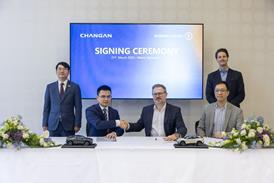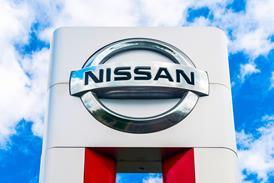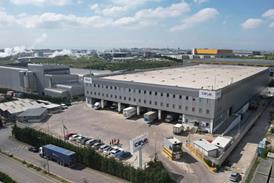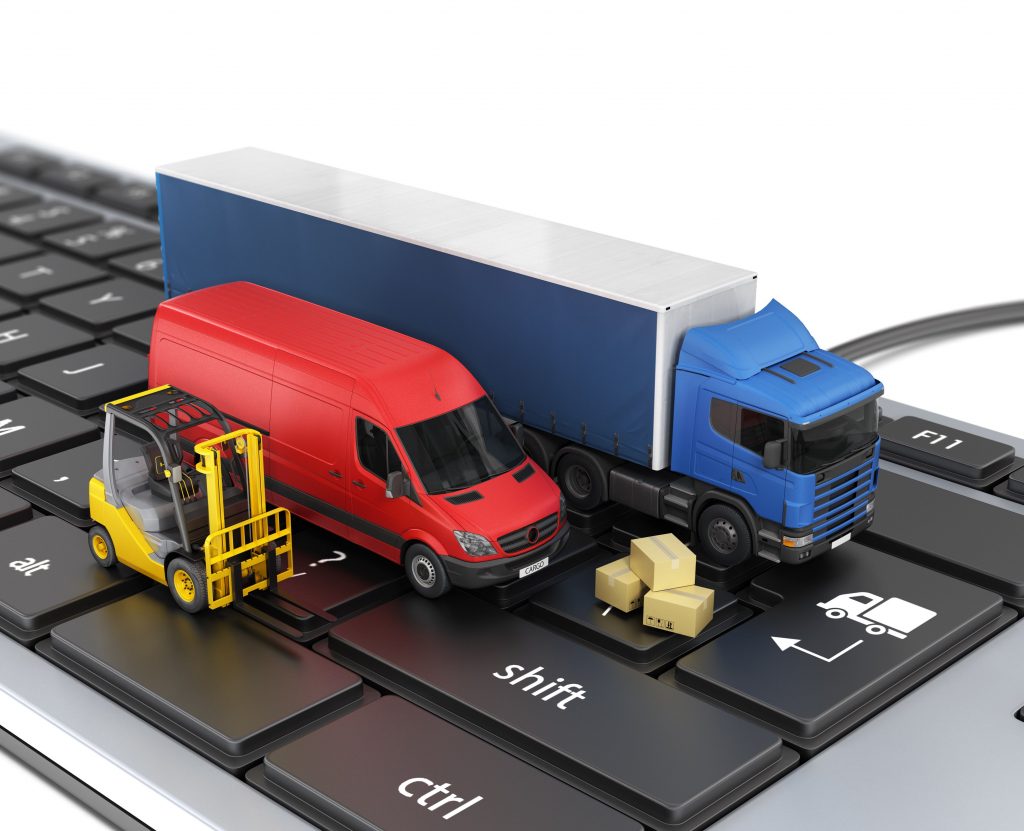 The service parts sector is among the first distribution channels in the automotive market to feel disruption from the digital economy, as consumers increasingly buy goods and services online.
The service parts sector is among the first distribution channels in the automotive market to feel disruption from the digital economy, as consumers increasingly buy goods and services online.
Indeed, within the wider aftermarket, including the large share of the market held by independent distributors, consumers already make significant use of e-commerce platforms and online booking apps. OEMs themselves have, to some degree, been slower to adapt for original parts or to change their delivery patterns. That is now changing, however.
With few exceptions in the US, direct customer relationships are with dealers, which make many of their own decisions on marketing, inventory and customer relations. However, carmakers are increasingly taking action to help improve customer and dealer experiences, including supporting more flexible service and delivery as well as more visibility and online service offerings.
“You don’t need to be a millennial to have the sense of immediacy that comes from customers doing more e-commerce,” said Neil Swartz, vice-president and general manager for Toyota’s service parts division in North America, at The Supply Chain Conference in Atlanta recently. “Those customer expectations will only rise, and they will also depend on trust and reliability.”
In response, carmakers such as Toyota and BMW have been beefing up their capabilities to deliver parts more frequently. In recent years, Toyota has moved from a system of monthly dealer orders to weekly and now daily orders. "In a perfect world we would have hourly orders," said Swartz.[in_this_story align="right" border="yes"]
At BMW North America, John Goione, department head for parts logistics, revealed that the manufacturer was able to serve 50% of its customers with three daily deliveries.
Volkswagen Group of America, meanwhile, which manages the parts network for the Volkswagen and Audi brands (Porsche is still a separate entity), has made significant investments in improving the e-commerce platforms that its dealers use with customers (something that Toyota is now also pursuing). Anu Goel, executive vice-president of group after sales and services, said Volkswagen was also doing more to collect and understand inventory data across its network and its dealers, with the aim of reducing obsolescence and unnecessary parts stocking or shipments.[sta_anchor id="1"]
However, there are differences in how these and other brands are approaching the shift towards e-commerce and how they are making the most of the increase in online and vehicle data.

Different ways to move every dayVarying strategies are evident in same-day delivery services. After implementing a similar approach in parts of Europe, BMW pioneered the service in the US, moving aggressively to roll out more frequent deliveries around five years ago. Today, along with its six core regional parts centres across the US, BMW has five standalone dealer metropolitan distribution centres (DMDCs) in Boston, New York/New Jersey, Washington DC, Miami and Anaheim, according to John Goione. Through these, it offers dealers in these areas deliveries of certain fast-moving parts three times a day, using large vans.
The carmaker is also using its regional parts centres as ‘virtual DMDCs’, which means customers in range of these locations can also receive three daily deliveries. “It is quite powerful. It is a service offering more than a parts offering,” said Goione.
In a further development, Goione said BMW was considering whether it should also stock slower moving parts in DMDCs, which would potentially involve adding more inventory space but would allow it to reduce vehicle downtime for customers. “We are going to look at assortment, and how are we really impacting the shop throughput as we should be,” he said. “Do I need to get that eccentric bolt that is used a rear differential on an M4, and at least have one nearby to get that car down the road the same day?”
Goione even suggested that BMW could more truly move into the e-commerce space via its dealers by expanding its capacity to deliver merchandise more quickly. “We actually sell a lot of clothes and merchandise. Do we try to get a customer a jacket in his size in the two hours that will take to fix his car?”
At Toyota, the approach has differed somewhat. The carmaker is using certain dealer locations in high-density areas as a pickup point for other dealers in the area to collect parts for same-day use. It has also increased flexibility in allowing dealers to pick up parts directly at parts centres. To improve the service, it also opened its first new parts distribution centres in more than a decade, with new facilities in Atlanta and in Orlando for Lexus. The result is that over 50% of customers have at least one same-day service option.
In both carmakers’ cases, the same-day service is subscription-based, with dealers paying a monthly fee towards some of the delivery and handling costs.[related_topics align="right" border="yes"] However, both Swartz and Goione stress that these are value-added services and that the companies do not try to recover all the costs.
Volkswagen, on the other hand, has not yet made the move to same-day delivery and is still, like many (but not all) major brands in the US, working on next-day, early morning delivery. Anu Goel said data so far didn’t suggest that the extra costs of same-day service always led to higher service for end customers. For [sta_anchor id="2"]example, depending on when technicians diagnose problems and order parts, even a same-day part may only arrive by late afternoon. If dealers are only open until 17.00 or 18.00, that may be too late for the work to be completed the same day.
Using data and online platforms over speedImproving the customer experience in the e-commerce market is not just about speed of delivery. Toyota is currently investing in improving e-commerce platforms across its network and with dealers, as it found that 73% of dealers did not like their existing platforms. The new systems will include better search engine optimisation, among other features.
Over the next year, Toyota also plans to be the first carmaker to roll out e-commerce direct shipments to customer homes or other customer-designated locations, rather than simply to the dealer – although the customer relationship and transaction will always be through the dealers.
“Most of the OEs ship only through dealers, but we will allow customers to choose where they want the part,” he said. “Customers won’t know if it is coming from our warehouse or the dealer, but they always work with the dealer. The dealer keeps the relationship and the profit; we provide the logistics and the parts."
Executives at the conference also agreed that improving data collection and analysis would reap significant benefits.
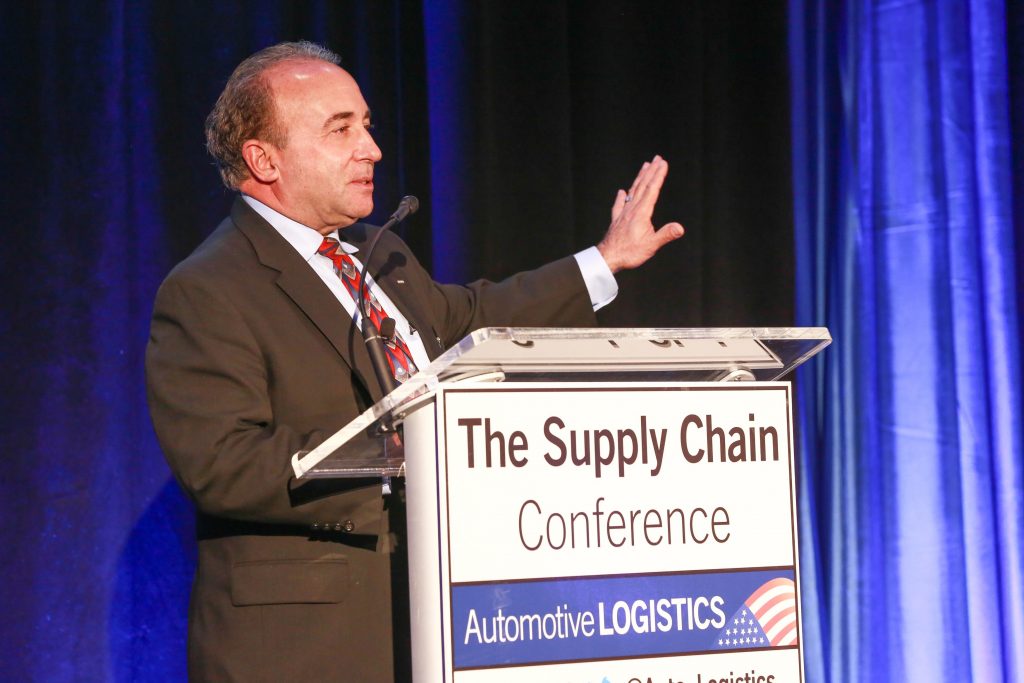 Neil Swartz said Toyota might someday be able to use telematics data to plan just-in-time delivery of service parts ahead of customer visits
Neil Swartz said Toyota might someday be able to use telematics data to plan just-in-time delivery of service parts ahead of customer visitsNeil Swartz said Toyota was working on better network analysis so it might be able to turn certain larger dealers into storage centres that could supply others locally. He also pointed to the potential of using vehicle data to enhance customer service, including proactive monitoring and diagnostics that could lead to just-in-time parts and service scheduling.
“With more useable data, we could focus on avoiding unnecessary parts across our network,” he said.
BMW is also taking advantage of the telematics systems in its vehicles by gathering more data. “We have a strong telematics backbone and now, we are really starting to get actionable data via it that we can build into applications and integrate into service,” Goione said.
He gave the example that a customer has a scheduled appointment with a dealer, a reading can be made of the remote diagnostics and condition monitoring to assess potential faults, perhaps even allowing BMW to order some parts in advance. “The data is not predictive yet, but it is actionable, and we act ahead,” he said.
Goione also raised the idea that repairs could eventually take place at external locations, including customer homes.
Volkswagen’s Anu Goel raised a red flag over excessive data collection, however, pointing out that there was little point in gathering piles of vehicle data without understanding it or knowing how to use it. And in “the real world”, he pointed out, many dealers didn’t even collect the name, phone number, email or even a deposit for a specific part order. “And then they call [Volkswagen Group] up and say they want to return a part, but they didn’t even do the basics,” he said.
Still, Goel also pointed to innovations happening in the Volkswagen Group, in particular for data mining on customer relations, in which information on what customers want and need can be understood and built early into the supply chain planning process.
Volkswagen has also taken care to improve data visibility, not only across its network of parts centres in the US but also for dealers, in an effort to promote greater transparency and find improvements.
A snapshot of key metrics for group reveals the potential. For example, Volkswagen and Audi have around 210,000 orderable part numbers in the US, of which they sell about 112,000 a year there. Of that number, 1,500-1,600 parts make up 50% of sales and 20% of inventory. Around 6,100 make up 75% of sales and 40% of inventory.
Furthermore, around 10% of inventory carried by Volkswagen is made up of parts the carmaker has not sold in the past year. Goel suggested that understanding more about the dynamics of the slower moving parts would lead to different stocking decisions.
"“Most of [carmakers] ship only through dealers, but we will allow customers to choose where they want the part. Customers won’t know if it is from our warehouse or the dealer, but they always work with the dealer. The dealer keeps the relationship and the profit; we provide the logistics and the parts" - Neil Swartz, Toyota
For example, Volkswagen Group, like BMW and Toyota, has a 98% ‘system fill rate’, which means 98% of standard orders from dealers can be served by a next-day, early morning delivery – if not directly from the closest regional parts centre, then expedited from another location. Goel questioned whether some parts shouldn’t be taken down slightly from that level, such as powertrain parts.
“If we had a slightly longer lead time for bigger, complicated parts like engines or transmissions, but focused more on fast moving parts, would the effect overall be more positive?” he wondered.
He also stressed the importance of understanding dealer inventory. For example, 60% of the inventory across the Volkswagen Group’s 1,000 dealers is made up of parts the dealer did not sell in the past year. “We have to ask ourselves how that has happened. Are we running promos on parts that we don’t need and encouraging bad behaviour at dealerships?” said Goel. “It is important to look at this data and raise awareness across the network.”
Other carmakers have adapted strategies to try to limit the effect of poor inventory management at dealers, including making use of retail inventory management systems.
Again, there are also ‘low tech’ approaches. Last year, in an industry first, Toyota introduced a free returns policy, in which dealers can return customer-specific ordered parts within three months, and standard order parts after they have held the parts for nine months.[sta_anchor id="3"]
“That prevents ‘boomerang parts’, in which dealers send us back parts only to order them again in six or nine months,” explained Swartz.
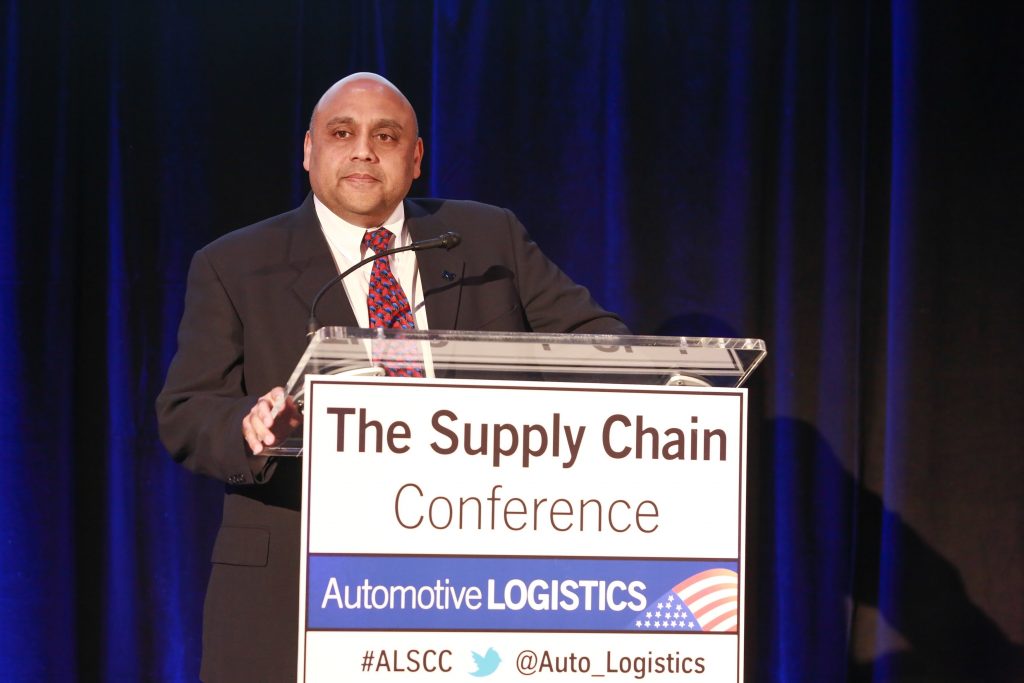 Volkswagen's Anu Goel encouraged companies to measure network and dealer inventory carefully, but also to make sure to collect useable data
Volkswagen's Anu Goel encouraged companies to measure network and dealer inventory carefully, but also to make sure to collect useable dataDon’t stand stillExecutives also speculated at the conference on how vehicle technology could lead to further changes in the service parts business
Anu Goel pointed out that electric vehicles had as many as 30% fewer components than standard vehicles, including high value parts in the powertrain, which could impact on overall service parts sales dramatically.
John Goione pointed out that BMW already had a fairly electrified model fleet, thanks to its i-series and plug-in hybrid versions of its major models. He said electric vehicles tended to have expensive, hard-to-source parts such as carbon fibre components, which could increase lead times and costs.
Goel also pointed to predictions that autonomous vehicles would lead to reductions of as much as 30% in demand for crash and collision parts. “And those are typically the highest margin parts,” he commented.
3D printing, meanwhile, while offering the opportunity to reduce logistics costs and make service easier for dealers, raises questions over intellectual property rights, noted Swartz. Using the technology, aftermarket and independent distributors, which already make up around 75% of the aftermarket, could replicate OEM parts more easily, he pointed out.
While these developments could all have significant effects, they are yet to be felt in the day-to-day spare parts business. Goione said electric vehicle parts were not yet having an impact in regional parts centres, for example. And rather than a decreasing number of parts, Goel pointed to a 50% rise in Audi part numbers over the past five years, with the Volkswagen brand also set to see an influx of parts thanks to new model launches in the US, including the Atlas SUV at the carmaker’s Chattanooga, Tennessee plant.
In all this change comes opportunity as well. Goel pointed to benefits that could be gained in remanufacturing electric components and many other parts. He said that although remanufactured components have traditionally been priced 60% lower than original parts, they were often better quality, as bugs and faults could be repaired. “There is a huge opportunity there,” he said.
Goione revealed that BMW has added charging stations at its regional parts distribution centres, where it allows drivers – including non-BMW owners – to come to the lounge, use the charger and experience the BMW brand.
Whether in data mining, telematics, faster delivery or e-commerce, the service parts world is clearing changing. Speakers at the conference agreed that it would be dangerous to assume the status quo would continue to prevail.
As Neil Swartz pointed out, quoting Lewis Carroll: “In a rapidly changing world, standing still is the fastest way to move backwards.”
















